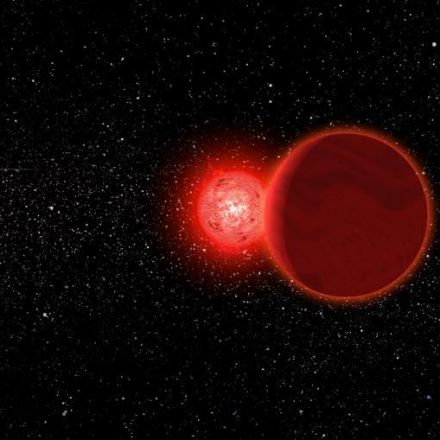
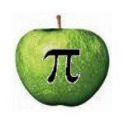
10 years ago
3
Alien Star Passed Through Our Solar System 70,000 Years Ago
Around the time modern humans are thought to have first spread across Asia, a red dwarf star passed just 0.8 light-years from the sun, a group of astronomers have concluded.
Continue Reading
Additional Contributions:






















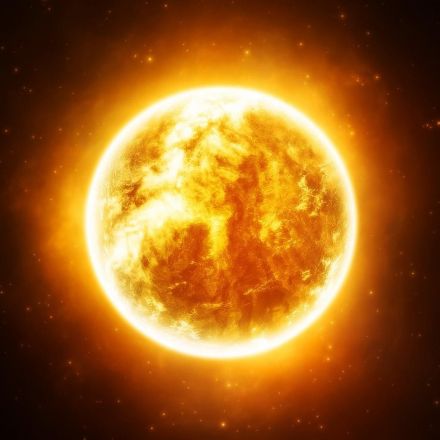
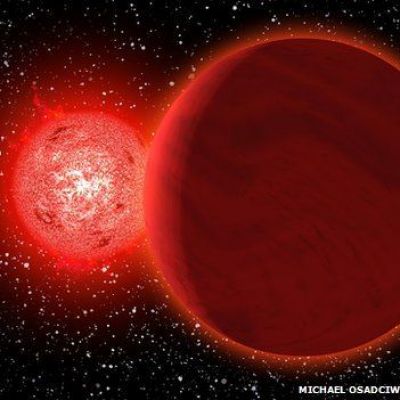
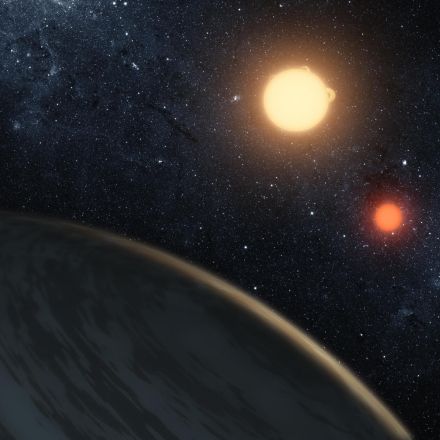
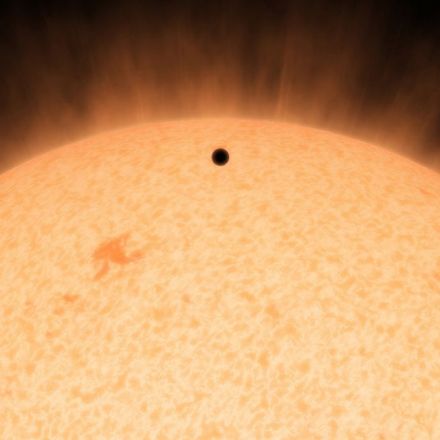
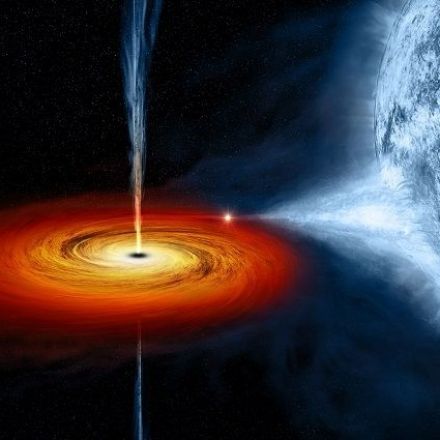
Join the Discussion
The generally accepted size of the Oort Cloud has it extending 100,000 AU from the Sun, that's a little over 1.5 light years. That would mean that Scholz's star passed about halfway between the Sun and the furthest objects in the Oort Cloud. For comparison Pluto is 4.5 light hours away from the Sun.
Edit: I have to change my comment above. The Oort cloud has a diameter of 100,000 AU which makes the radius 50,000, so the furthest objects in the Oort cloud are .75 light year from the sun. Since Scholz's star passed .8 light years it probably did not go through the Oort cloud, it may have been close enough to influence outer objects in the cloud. I was a Math major in college, I should know better.
What I find interesting is that it's most likely that our Sun isn't the only star surrounded by a cloud of comets. Other stars probably also have their equivalents of the Oort Cloud. I'd guess that it's likely that Scholz's Star has a cloud like this as well. If this is true, then not only did this star pass through the Sun's Oort Cloud, but our Sun (and Earth along with it) passed through Scholz's Star's equivalent of the Oort Cloud.
spooky!